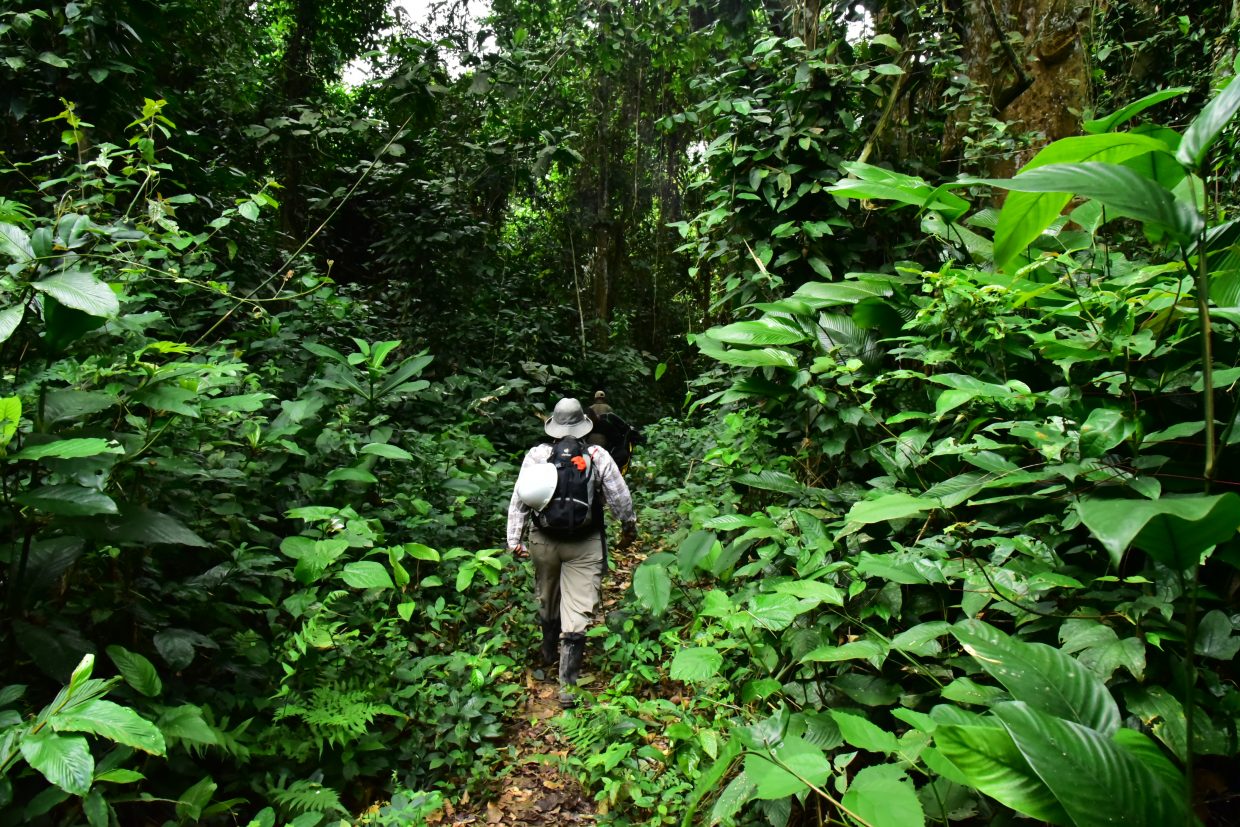Abstract
Illegal logging and illegal timber trade is a global problem. Anatomical, genetic, and chemical techniques support illegal logging legislation by verifying the species and geographic origin of timber. In principle, these methods can be used to identify timber species and the origin of harvest, however, the availability of specific tests for important timber species is unclear. We review the status of these methods for the top 322 global priority timber taxa. Our results show that for species identification, reference data exist for 100% of taxa using wood anatomy, 86% using genetics, 41% for using DART TOFMS, and 6% using NIRS. For origin identification, data exist for 24% of taxa, with most studies applying genetic approaches (23%). No studies have developed forensic-ready tests for the global priority timber taxa. The review highlights that the current potential for identifying species is greater than for geographic origin and more research focused on determining the geographical origin of timber is required. Based on the current rate, it will take approx. 27 years to generate geographic data for all 322 priority taxa. Finally, we identify research opportunities to improve global timber tracing efforts. Our findings indicate more research is needed, and quickly so that scientific verification can support regulators to combat illegal logging.
